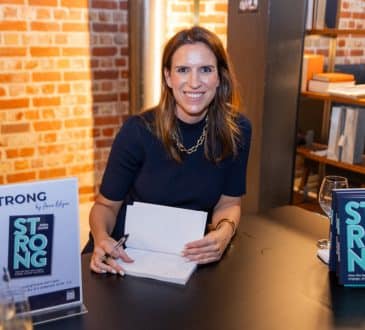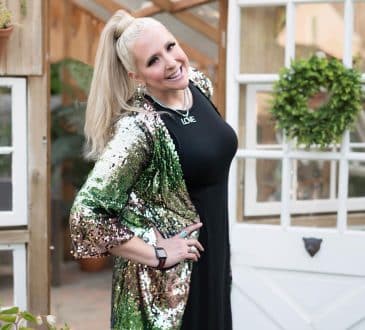3 things you need to know about investing in commodities

As an asset class, commodities are a great alternative because they have a low correlation to other assets. This means they tend to perform well when other assets can be underperforming. While you can buy some commodities and simply store them in your cupboard or safe – think gold or silver – there are others, like corn or wheat, that will cost you money to store. Then there’s a risk of wastage and spoilage.
Financial instruments were created to give you exposure to commodities without having to physically own and store them yourself. Taking exposure to something like energy or agriculture commodities is a nice way to offset inflation – if inflation goes up, these commodities tend to go up too. It’s a nice hedge against other asset classes, such as fixed-rate bonds that might go down in price in an inflationary environment.
Let’s run through what you need to know about investing in commodities.
1. Futures
Futures contracts are the easiest and most common way to get exposure to different commodities. You don’t have to buy a pile of corn and store it in your shed. Instead, you can buy a futures contract on the corn, which gives you synthetic exposure. There are futures contracts on equity indexes and bond prices, and they’re heavily used in commodities. Ultimately, over time, futures track the price of the commodities, and you don’t have to physically buy them.
A commodity’s future is the future price of a commodity. Think of a future like an index where you’re taking exposure at the prevailing price. That price, from a futures perspective, is the price at which you can buy the real thing at a date in the future. The investor who doesn’t feel like trading futures to access commodities can get more passive access via a structured note. They do this by combining a debt obligation with a derivative or a futures contract as a set-and-forget approach, which may even be using a commodity index.
2. Commodity indexes
A commodity index is simply a basket of different commodity futures contracts administered by a bank or a broker to make it easier for investors. These futures contracts are often for oil, corn, wheat, gold or silver, as they are the prime commodities. With commodity indexes, you don’t take delivery of the commodities. The index owner rolls over your futures contract for you as it’s about to expire. For example, you may have a one-month contract, and rather than settling it after one month, you roll it into the next futures contract.
The idea of commodity indexes is that you want to take exposure to the market over time. If commodities in general gallop, you win. If they go down, you lose. The only way you can stay invested is to continually roll that futures contract. However, there are two curves when you roll with commodities: contango and backwardation. Contango is an upward sloping curve and backwardation is a downward curve. As the days pass, depending on how the curve shapes, you can
either make or lose money.
3. Agriculture
Agriculture is one of the most common commodities in Australia, and it is a fast-growing asset
class for investors. Opportunities include investing directly in a single operating business and/or the aggregation of agricultural operating businesses to become a larger portfolio. This means buying lots of farms and aggregating them into a single investment structure. The more farms you have, the more scalable you can make the farming business and potentially the more attractive it is to a buyer down the track.
The expected return from an operating farm can be broken down into three parts: the appreciation of the land, the operating business and how efficient it is, and the returns from the produce. When the asset goes up in value, there’s a non-cash flow return through the increase in the asset’s value instead of a cash return per annum. When there’s both a yield and value increase, it’s measured using an internal rate of return – or a total return per year.
Commodities, in general, have been found to have a lower correlation to other asset classes, so they can help diversify your investment portfolio and potentially help reduce your portfolio risk. When inflation rises, commodities, particularly agriculture, and energy, are an awesome hedge to inflation.
Written by Travis Miller.
Have you read?
How to set up an effective investment committee.
Eight Tips for Optimizing Costs in IT Companies.
Frontline Workers Gain Remote Work Benefits in Tight Labor Market.
The Power of Storytelling: Enhancing Leadership Communication.
Harnessing Innovation: The Cornerstone of a Company’s Success.
Add CEOWORLD magazine to your Google News feed.
Follow CEOWORLD magazine headlines on: Google News, LinkedIn, Twitter, and Facebook.
This report/news/ranking/statistics has been prepared only for general guidance on matters of interest and does not constitute professional advice. You should not act upon the information contained in this publication without obtaining specific professional advice. No representation or warranty (express or implied) is given as to the accuracy or completeness of the information contained in this publication, and, to the extent permitted by law, CEOWORLD magazine does not accept or assume any liability, responsibility or duty of care for any consequences of you or anyone else acting, or refraining to act, in reliance on the information contained in this publication or for any decision based on it.
Copyright 2024 The CEOWORLD magazine. All rights reserved. This material (and any extract from it) must not be copied, redistributed or placed on any website, without CEOWORLD magazine' prior written consent. For media queries, please contact: info@ceoworld.biz
SUBSCRIBE NEWSLETTER








